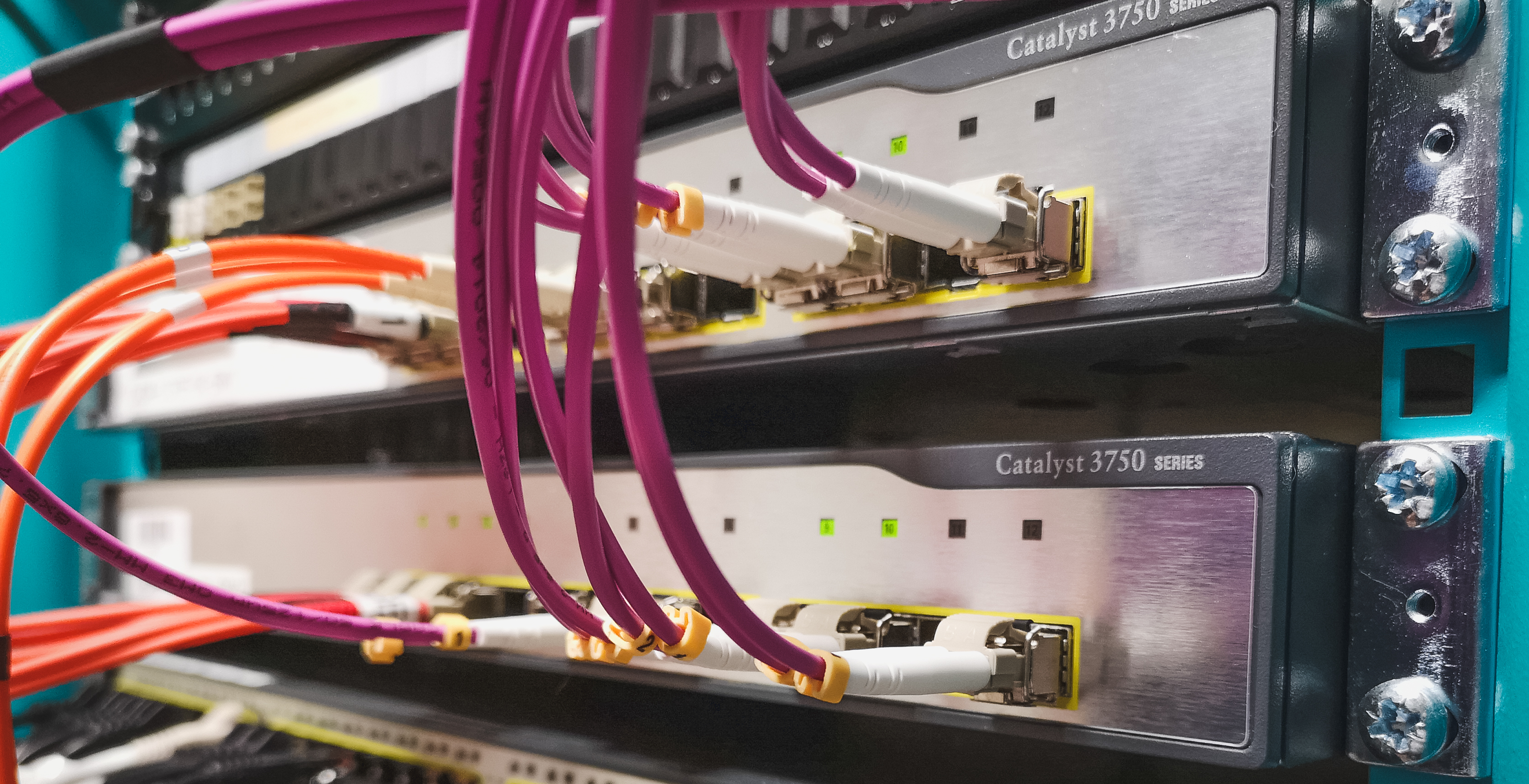This week we’ll be tacking a question we get asked more than any other: do I need an infrastructure upgrade? It is a great question, with no easy answers – just consider the variables: expected equipment lifespan, support contracts, budget cycles, required capacity, and you’re immediately in a maze of decision-making purgatory.
So, how do we go about answering that question? And how do you work out whether your network belongs in a museum, or whether to keep it going for a while longer?
A network refresh is a great place to start
We recently carried out a network refresh for one of our customers. This involved totally renewing the configuration of their switches and their Wireless LAN Controller (WLC).
The big unknown for this site, was how well the 13-year-old switches and WLC would cope with the changes. Since the switches had been deployed, they had been managed by multiple MSPs, each making change after change to configuration without looking at the impact on network performance. In all that time, there had been no updates to the switch firmware and no attempt to monitor the health of the switches or how busy the network is.
So, how are these switches faring?

Underlying performance and efficient network design – all backed up with data
Crucially, the switches around the site were all hugely over-specced when they were deployed. The Cisco Catalyst 3750 series of switches are a true workhorse, with high throughput and advanced traffic management features. When they were installed they were largely idle, but as the amount of network traffic and the number of clients has increased over the years, they have had the capacity to handle the increased demand.
Our work involved two steps. Firstly, we removed a lot of network “clutter” in the form of unused patch cables, surplus switch capacity and damaged fibre optic cabling. Secondly, we deployed the latest switch firmware, fresh configuration and IP information, and reconfigured the physical connections to provide resiliency and redundancy for the site. Whilst not quite an infrastructure upgrade, this exercise was about making the biggest gains possible with the equipment that was available.
Taking both the underlying performance of the switches and the design changes that we have made, we estimate the network will have sufficient capacity to last for at least another year.
We’ve backed up this assessment with monitoring data from the network. This showed us that generally the fibre-optic backbone is underutilised, even during the site’s busiest period. Whilst the site’s nightly backups do use 100% capacity, they finish long before normal network traffic increases. As this shows, it is important not to assume that your network is either struggling to cope, or running idle. Collect and analyse the data, before making informed decisions.
Do you need an infrastructure upgrade?
The current trends in technology all mean that the amount of traffic hitting our networks is only going to increase. Just look at the upcoming 802.11ax WiFi standard!
However, that doesn’t mean you need to rush out and procure a 40Gbps network backbone at huge expense. Before starting any process, it is worth asking the following questions:
- How much of your current capacity do you actually use?
- What are the key bottlenecks to overall network performance?
- Which applications are mission-critical? And are they limited by your network?
- Are you planning to implement new systems within 5 years? How much traffic will they introduce?
What to do next
Often there are simple measures you can take to improve performance, without needing to buy new equipment. In this case, we used spare equipment to double the network speed without the customer paying for any new kit. Always start with a complete audit of your current equipment and work forward from there.
As networking experts, we have seen a lot of different setups, different network issues and implemented solutions to resolve them. If you would like a free consultation phone call, get in touch and we can guide you through the process.
If you’re interested in how you can use data about your network to guide your decisions, let us do the hard work for you with our free installation service for PRTG.
Give us your examples
We’re keen to hear your experiences of working with older equipment. When has it lasted the test of time, and when has it held you back? Leave us a comment below, or send us a message on Twitter!
